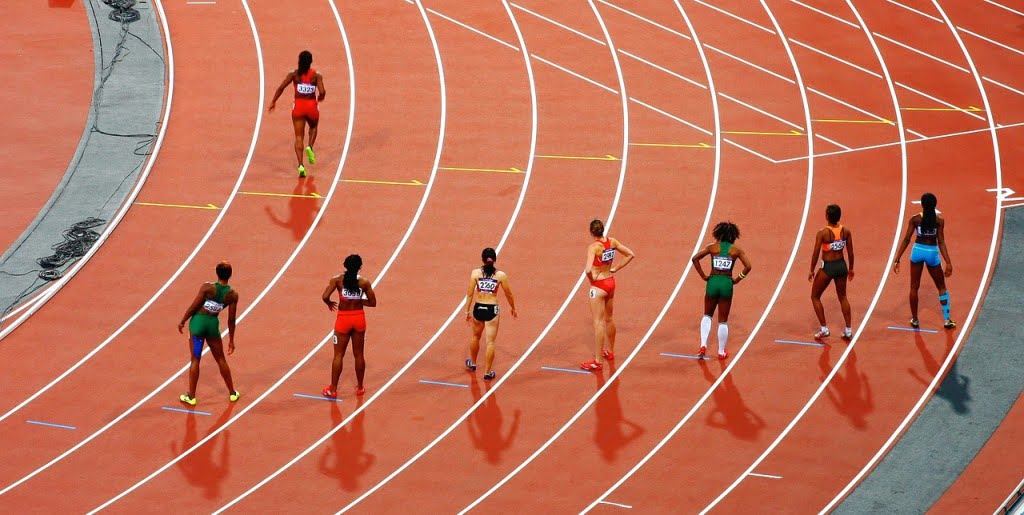Martial Art
Martial art: Karate History, importance Rules and regulations of karate Taekwondo history, importance Rules and regulation Official and their duties, Skills of taekwondo. HISTORY OF KARATE Historical background Karate was invented in Okinwate in China. It was later developed to meet global acceptance. It was introduced to Nigeria through the armed forces. It was […]
